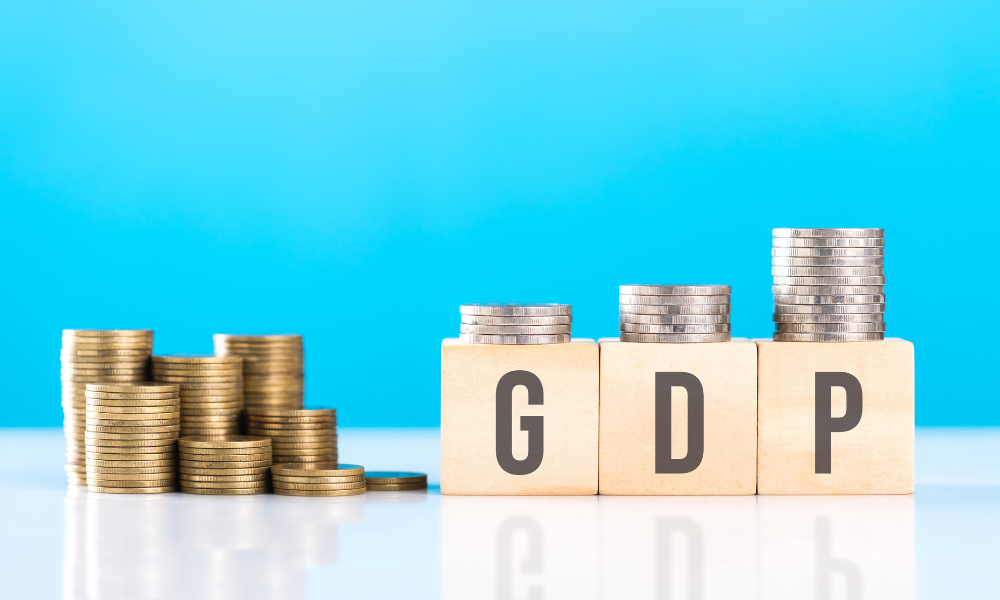Chief investment officer at CWB Wealth Management walks through the root causes and possible portfolio ramifications

For consumers, the rise in oil prices has created a pressing problem: its influence across and along many supply chains has led practically all costs across the board to increase. And anyone hoping for prices at the pump to ease isn’t likely to see that happen anytime soon.
“Last year, we had a massive shutdown of the global economy, and an incredible buildup in reserves. Production went down dramatically,” said Scott Blair, chief investment officer at CWB Wealth Management. “Then the global economy reopened rapidly, and it’s taking time for production to come back online.”
As Blair notes, the oil industry is facing a host of challenges that are unlikely to ease in the near term. One is the growing global commitment to move away from fossil fuels, which includes pressure from regulators as well as activist investors concerned about climate change. A number of factors simmering over the past decade has also led to global underinvestment in production capacity; domestically, the number of petroleum engineering degrees printed by Canadian universities has also declined since the downturn in 2014.
On the demand side, Blair said the consensus from the reports he’s read show that energy demand will persist at high levels for 25 to 30 years. And while the world’s energy diet may shift toward renewables, that transition won’t be as simple as flipping a switch.
“If you look at the analyses from the Energy Information Administration in the U.S., you’ll see we’re projected to stay at a sort of base level of oil production even 15 to 30 years from now,” Blair said. “I think people think we’re a lot farther down the transition road than we actually are.”
On the bright side, the escalation of prices over the past year has been the light at the end of a very long tunnel for Canada’s oil sector, which could have a wider positive knock-on effect. Historically, Blair said the oil space has represented around 10% of Canada’s GDP, and roughly 5% of direct and indirect employment.
And while some gains in oil have been pared back recently amid concerns over the new omicron variant of the coronavirus, Canada’s equity market has also placed among the leading indexes in the world over the past year thanks to its traditional energy exposure. That opens up several promising opportunities for investors.
“When people think about what you can do to protect your portfolio in an inflationary environment, dividend growers are one area that has performed well,” Blair said. “The Canadian large-cap universe has higher dividend yield than the U.S. large-cap index.”
Another point for Canada over the U.S. is its higher weighting of cyclical energy names. Though the higher weighting of technology stocks in the U.S. has worked in its favour, Blair said the sector has tended to not perform as well during periods of rising rates.
And while many Canadian active managers might have struggled to beat the domestic benchmark in recent years because they weren’t overweight on high-flyers like Shopify, he said Canada’s equity market has generally been better for stock-pickers than the U.S. where a smaller number of stocks have driven the market. And with the current cycle in commodities and climate of economic growth, Canadian active managers have a lot of room to do well.
Even after things turn, Blair sees an opportunity for active management to shine. “The problem when cyclical stocks run is that they often get overvalued,” he said. “So if oil prices continue to rise and oil stocks keep going up, they’ll have a higher weight in the broad index. At some point, that’s going to collapse, and active managers can take advantage as things normalize.”
Looking at other risks that could develop, Blair pointed out that energy prices are for all intents and purposes a tax that people can’t run from, and every dollar spent at the pump is a dollar that gets squeezed from spending on other things. So if oil prices continue on a rising trajectory, they could create a drag on economic growth. And if they lead to a situation of sticky inflation, he added, that will likely weigh on returns in people’s portfolios.
On the bright side, he said forecasts for Canada and the U.S. project GDP growth on the order of 4%, which is essentially double the rate seen pre-COVID. That could be a very strong tailwind for the markets.
“I think there’ll be all these worries for investors to sort through, with inflation being the main one,” Blair said. “But when you consider a 4% growth rate, I think that will trump the others.”



